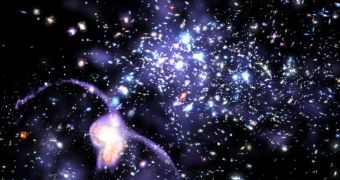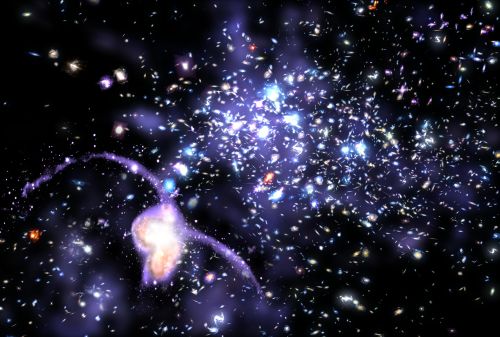NASA has just released a spectacular photo of thousands of galaxies gathered in a sort of family album. This picture is a symbol of the technology being used by astronomers worldwide to capture a glimpse of the vast universe that surrounds us, and of the progress mankind has made in the last centuries.
There are probably more than one hundred billion (1011) galaxies in the observable universe, and most of them are separated by millions of light-years of intergalactic space. When many galaxies converge to form a dense agglomeration of galaxies, they form a hierarchy of associations called clusters, which, in turn, can form larger groups called superclusters. These larger structures are generally arranged into sheets and filaments, which surround immense voids in the universe.
To give you an idea of the immensity of the universe, let me remind you that dark matter appears to account for around 90% of the mass of most galaxies, so if what you see looks impressive, think about what it means compared to the invisible side of the universe.
The Local Group is the group of galaxies that includes our galaxy, the Milky Way. The group comprises over 30 galaxies, with its gravitational center located somewhere between the Milky Way and the Andromeda Galaxy. The galaxies of the Local Group cover a 10 million light-year diameter and have a binary shape.
Very little is known about the size of the universe. It may be trillions of light years across, or even infinite in size. A 2003 paper claims to establish a lower bound of 24 gigaparsecs (78 billion light years) on the size of the universe, but there is no reason to believe that this bound is anywhere near tight.
The fact that we are able to make such predictions based on observations means that we are really on the right track to understanding where we come from and where we are heading. Looking at this picture makes you realize that, on a cosmic scale, we're not so important, after all, and possibly not even alone in this vast expanse of space.
Click on the picture below to see the Hi-Res original picture

 14 DAY TRIAL //
14 DAY TRIAL // 